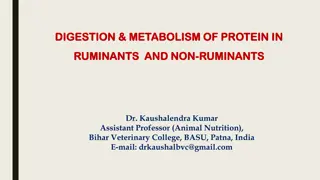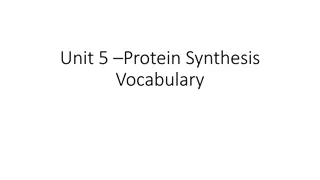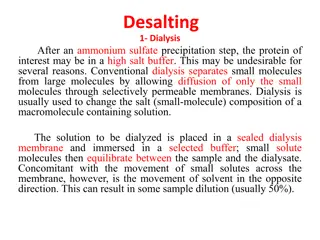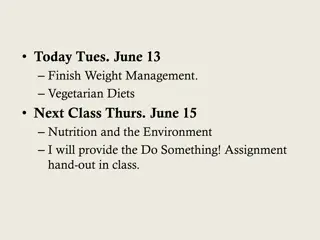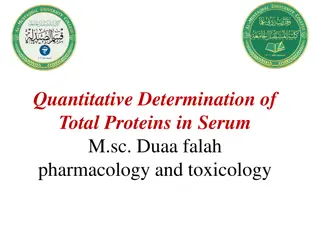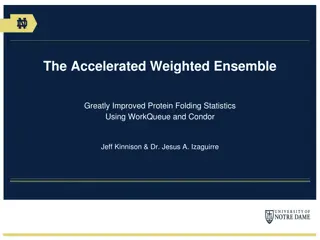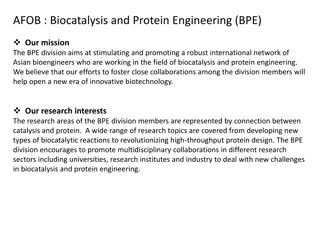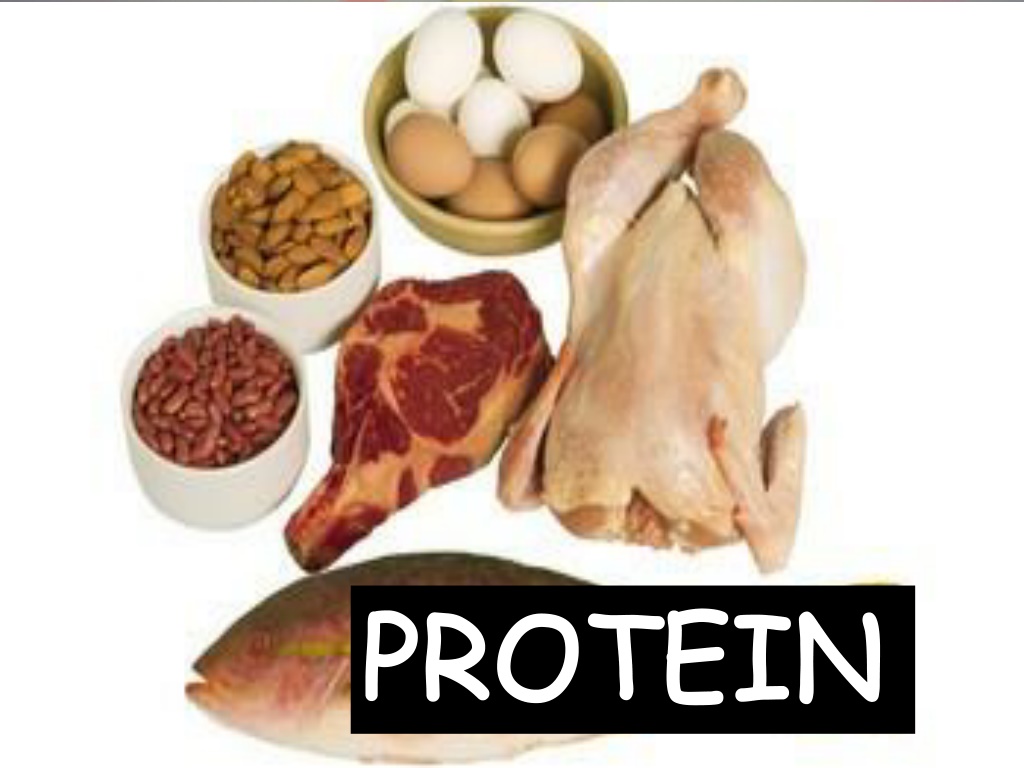
Unraveling the Composition and Importance of Proteins
Dive into the world of proteins - the building blocks of life essential for cell growth and body function. Explore the elemental composition, amino acids, and classifications of proteins along with their sources and significance to our health.
Download Presentation

Please find below an Image/Link to download the presentation.
The content on the website is provided AS IS for your information and personal use only. It may not be sold, licensed, or shared on other websites without obtaining consent from the author. Download presentation by click this link. If you encounter any issues during the download, it is possible that the publisher has removed the file from their server.
E N D
Presentation Transcript
Terms that we need to know! Composition Protein What something is made up of.
Terms that we need to know Function Function is the role, job, duty or activity that it has.
Terms that we need to know! Classification The way some things are grouped What group do proteins go into?
Terms that we need to know Source Where can you find the nutrient in food
Protein is found in every cell, muscle and tissue in our body, and is also present in many foods we eat! The protein in our body is the same as the protein in our food except that it is structurally different.
What is protein? Protein: Is one of the six nutrients, which is necessary for the manufacture and growth of all body cells.
What is the elemental Composition of protein? Protein is made up of Carbon Hydrogen Oxygen Nitrogen
Each protein is made up of smaller units called amino acids.
Amino ACIDS ARE THE BUILDING BLOCKS OF PROTEIN
These can be divided into two categories Essential and Non- Essential. Essential Non-Essential Cannot be manufactured in the body, must be obtained by food. Can be manufactured by the body and don t need to be obtained by food.
Essential Amino Acids: L: Leucine I: Isoleucine L: Lysine T: Tryptophan
Recommended daily allowance RDA: Recommended daily allowance 1g per kg of body weight
Portion size of protein Portion size: 60g cooked lean meat and poultry 90 120g cooked fish 2 eggs 3 tablespoons cooked peas 30g nuts
The energy value of protein Energy value: The primary function of protein is growth and repair. Any excess protein is used for energy.
The biological value of protein High biological Low biological
Classification of protein HBV: Contains all the essential amino acids and mostly obtained by animal sources. Sometimes called complete proteins.
Low biological proteins are lacking in one or more of the essential amino acids. These are also known as incomplete proteins.









